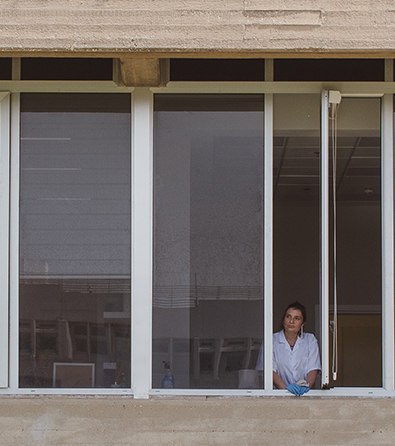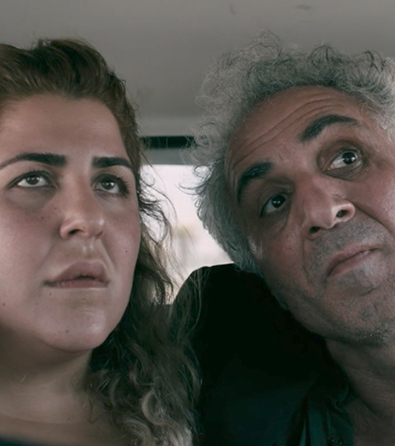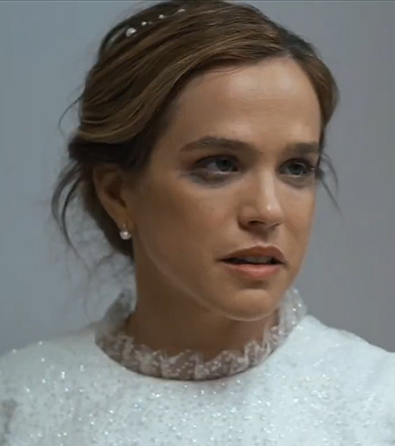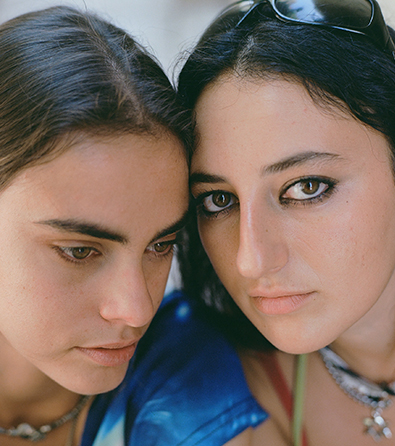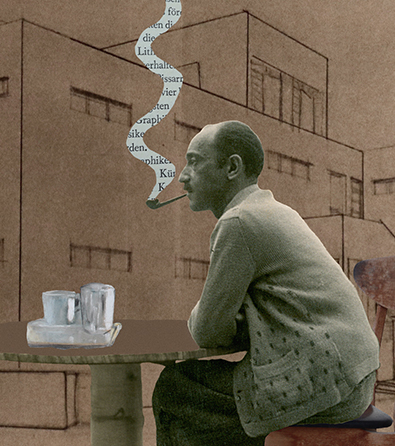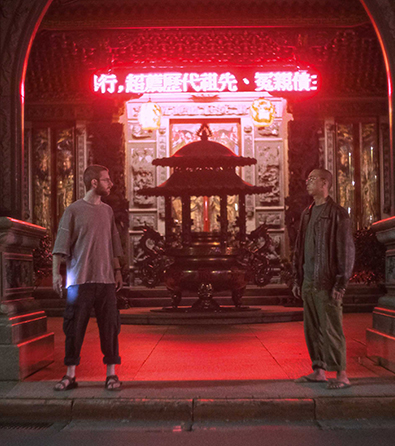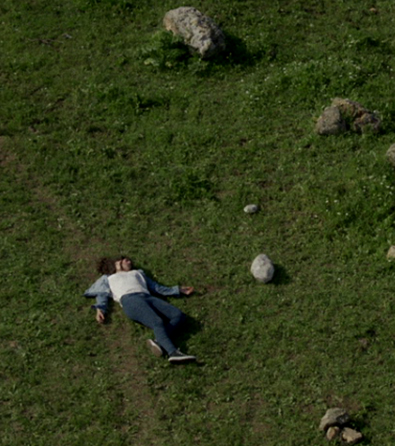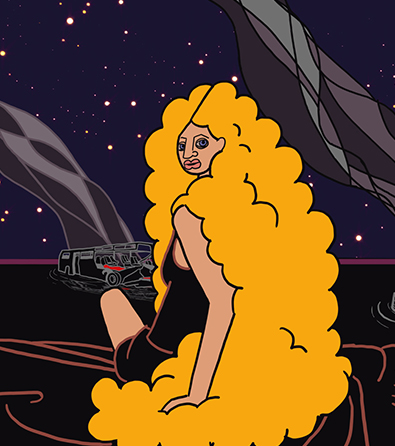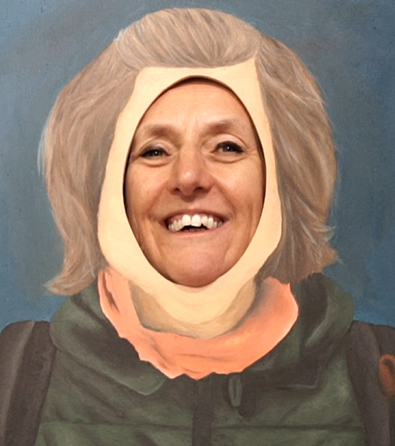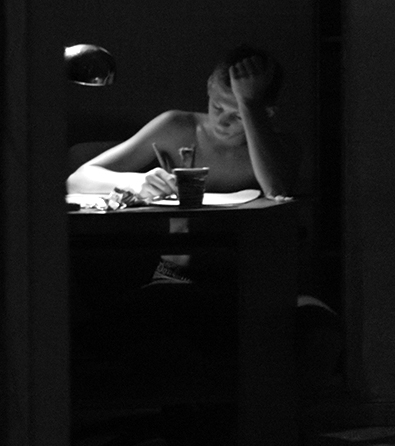The short film Staring Match (20 minutes) is available to watch at the top of this page.
Trigger Warning: This film contains depictions of sexual violence. Viewer discretion is advised.
* To watch this film, please approve YouTube/Vimeo cookies via the blue cookie icon at the bottom left of the screen
Few short films showcase the versatile talents of their creator as clearly as Staring Match, the graduation film by Orit Fouks Rotem, created at the Sam Spiegel Film and Television School. One of the most compelling aspects of watching early short films by directors who later go on to make feature films is the opportunity to trace the themes and subjects that consistently recur throughout their work.
In this regard, Staring Match is not only a mature and finely crafted film that stands on its own, but also one that underscores Orit’s cinematic strengths, both as a casting director (recipient of the Ophir Award for casting Seven Blessings) and as a filmmaker whose primary artistic pursuit lies in blurring the boundaries between narrative and documentary cinema, between fiction and reality.
This interplay is established in the film’s opening shot: the camera tilts down toward the face of an actress seated on a couch, reading a script. The visual language evokes that of an audition tape: an actress positioned against a plain white wall, flat lighting, and slightly unsteady camera movement. As the camera comes to rest on her, the voice of the cinematographer, who is also the director, instructs her to begin. Before she does, the film cuts to several other actresses, each engaged in conversation with the director about themselves and the script.
Through this structure, the film seeks to create a sense of intimacy between the gaze of the camera (which is also the viewer’s gaze) and the gazes of the actresses. At the same time, the director is not only searching for the right performer but also using the audition process as a way to deepen her understanding of the character she has written.
This section also features actors who, in turn, question the filmmaker about more personal aspects of the project. One asks whether the script is based on a true story, while another wonders what takes place during auditions that involve physical intimacy. In doing so, the film emphasizes the personal dimension the filmmaker brings to the work and highlights the complexity of the audition process. Above all, it creates a growing sense of tension for the viewer, who has yet to learn the full story behind the script.
At this point in the film, the meaning of the title comes into focus: two characters engage in a staring match, a game where the first to break eye contact loses. The decision to film the match head-on, with the actors looking directly into the lens, is a striking one. Captured in close-up, their unbroken gaze draws the viewer into the imagined contest, creating an immediate sense of cinematic intimacy. This approach fosters a dynamic in which the viewers, much like the filmmaker herself, become casting directors, studying each actor’s face, assessing their screen presence, and determining whether they suit the emerging characters revealed through the layering of the audition scenes.
The shifts between the actors’ direct address to the camera, their off-screen conversations with the filmmaker, and the gradual blurring of boundaries between a real-life event, the script that attempts to process it, and the film we are watching are particularly compelling. These are three distinct layers, each containing and challenging the others. In this way, Orit Fouks Rotem’s film echoes the tradition of Iranian cinema that emerged in the late 1980s and remains influential today, particularly the work of Abbas Kiarostami and Mohsen Makhmalbaf. In two of Makhmalbaf’s films, “Salaam Cinema” (1995) and “A Moment of Innocence” (1996), he uses the cinematic medium and the exposure of its very mechanisms to explore its influence and its potential to engage with trauma, fantasy, and the reconstruction of the past.
In “Salaam Cinema”, for example, the audition framework serves to bring a cross-section of Iranian society before Makhmalbaf and his camera, individuals chosen from the crowds who arrived hoping to be cast. For each of them, the prospect of appearing in one of his films represents the fulfillment of a personal fantasy. This structure allows Makhmalbaf to use the filmed auditions as the raw material of the film itself. In each encounter, he places the participants in staged scenarios that directly confront the cinematic fantasies that drew them to the audition in the first place.
A “Moment of Innocence”, Makhmalbaf’s masterpiece, takes this approach a step further. In the film, Makhmalbaf sets out to reconstruct and reexamine an incident from his youth in which he stabbed a policeman. To do so, he invites the policeman himself to join the cinematic journey, from casting the young actors who will portray them to directing the scene in question. Through this process, Makhmalbaf explores the elusiveness of memory and the past, the way individual recollections shift over time, and how cinema, as a medium that captures and fixes the present, can be used to examine, and even liberate oneself from, traumatic memories or events.
Staring Match draws from both of these films, combining the intimacy and directness of the audition process with the filmmaker’s need, within the film and, to some extent, in Orit’s own experience, to restage a past trauma to confront it. But the way the film plays with memory and fiction, and restages the trauma, is exceptional.
This becomes especially evident in the film’s second half. One of the actors, Yedidya Vital, is cast in the male role, and the filmed auditions shift to a matching process, testing the chemistry between him and the actresses who appeared earlier. He performs the same complex scene referenced in the first part of the film. However, the actresses struggle to reach the level of intensity and authenticity the director is seeking. A dynamic begins to emerge that borders on sadism, driven by a kind of masochistic impulse: the director urges the actor to be more aggressive and violent, and when his performance still fails to convince her, she demonstrates the violence herself on the actress. In an effort to reconstruct the violence buried in her memory and re-experience the aggression once inflicted on her, the director enacts that same violent mechanism on the actress portraying her.
Through this act, the film not only blurs the line between traumatic memory and its reenactment in the present, between reality and fiction, but also reveals the complex power dynamics between director and actor. How far can a director push performers in physically and emotionally demanding scenes? To what extent can they be driven to the edge in pursuit of a moment of authenticity drawn from fiction? And does cinema offer a way to process and overcome trauma through reenactment, or does it risk perpetuating a cycle of repeated violence?
The film’s final scene brings these questions sharply into focus. In response to the violence directed at her, the actress walks off set. The director then reprimands the actor for failing to deliver a convincing performance. She asks to perform the scene with him herself, stepping back into the memory and reenacting the physical and sexual violence she originally endured. In this moment, the boundary between reality and fiction collapses entirely. Are we witnessing two actors delivering their most powerful and committed performance? Are we seeing a representation of the director’s memory, reflected back to us through the medium of cinema? Or are we in fact witnessing a real moment of sexual violence, drawn out of the actor through the director’s provocation? The film leaves that question unresolved, placing it in the hands of the viewer.
Orit returned to these themes in her 2017 short film and You Remain Silent, created as part of a tribute collection inspired by Avraham Heffner’s film “Voice Over”. In it, she reflects on her relationship with her father, a grocery store owner. In the film Orit speaks to him directly, yet the father is portrayed by an actor, a cinematic stand-in for the real man.
Continuing along this trajectory, her acclaimed debut feature Cinema Sabaya, a title that clearly pays homage to Makhmalbaf’s “Hello Cinema”, follows a group of Jewish and Arab women who participate in a video workshop led by a young filmmaker, echoing workshops Orit herself has led. The film continues to explore how cinema can serve as a space for confronting both personal and collective trauma, persistently blurring the boundaries between lived experience, fictional narrative, and documentary form.
It will be fascinating to see what direction her next film takes and whether she continues to pursue this cinematic language. What is certain is that “Staring Match” remains one of the most compelling and distinctive short films to emerge from Israeli cinema in recent years.
The graduation film Staring Match by Orit Fouks Rotem was created as part of her undergraduate studies at the Sam Spiegel Film and Television School.
